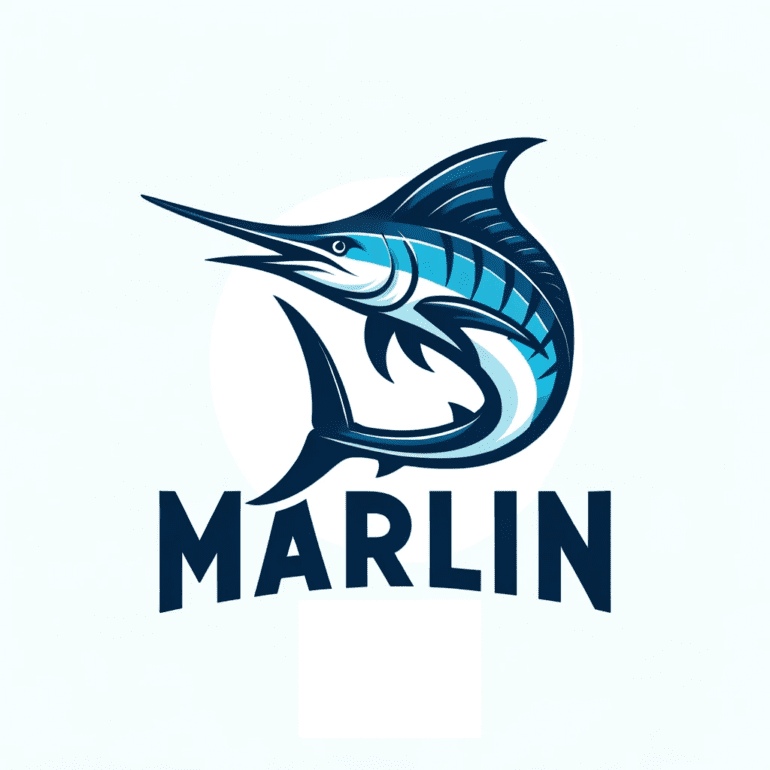TL;DR:
- Marlin is a groundbreaking solution engineered to address the speed challenges faced by Large Language Models (LLMs).
- It significantly boosts LLM performance, especially with larger data batches, utilizing modern GPU capabilities.
- Marlin’s smart techniques optimize data retrieval and use asynchronous loading to maximize GPU efficiency.
- It excels in maintaining near-optimal speedups, even with growing batch sizes.
- Marlin outperforms existing 4-bit inference kernels, offering versatility across various scenarios.
- Tests demonstrate Marlin’s resilience in sustaining performance under varying GPU clock speeds.
Main AI News:
In the realm of computing, a constant challenge looms large when it comes to accelerating the execution of intricate language models, particularly the formidable Large Language Models (LLMs) that reign supreme in the domain of language comprehension. These models, renowned for their prowess, demand substantial computational horsepower, prompting relentless research endeavors aimed at enhancing their efficiency and velocity.
Numerous approaches have emerged in an attempt to expedite these LLMs, yet they grapple with inherent limitations, especially when confronted with an upsurge in input volume. While these methods excel in handling petite batch sizes, they stumble when confronted with a burgeoning workload. This bottleneck has spurred researchers to embark on a quest for novel solutions to propel the performance of LLMs to new heights.
Enter Marlin—a groundbreaking innovation meticulously crafted to surmount the velocity challenges posed by LLMs. Marlin functions as an augmented powerhouse, supercharging language models to operate at remarkable speeds, particularly when contending with sizable data batches. Its optimization is tailored to harness the full potential of contemporary Graphics Processing Units (GPUs), ensuring judicious utilization of computational resources.
Marlin achieves this feat by employing an array of ingenious techniques. It orchestrates computations in a manner that minimizes the need for recurrent data retrieval from memory, thereby averting the potential bottleneck. Furthermore, Marlin leverages asynchronous data loading, enabling it to procure essential information while concurrently executing other computations, thus maximizing GPU utilization.
One of Marlin’s most remarkable attributes lies in its ability to maintain near-optimal speedups, even when confronted with escalating batch sizes. While other methods may falter under the weight of larger workloads, Marlin perseveres, rendering it a formidable choice for tasks necessitating formidable processing capabilities—such as facilitating extensive-scale applications or executing advanced multi-inference strategies.
The metrics associated with Marlin serve as a testament to its extraordinary capabilities. It outshines existing 4-bit inference kernels, delivering results that closely approach optimal speedups, even when dealing with substantial batch sizes. The ingenious striped partitioning scheme of Marlin ensures robust performance across a spectrum of matrix shapes and GPUs, rendering it a versatile solution primed for diverse scenarios.
In tests wherein GPU clock speeds are constrained to their base values, Marlin shines as a paragon of unwavering performance. In stark contrast, other methods wilt under the pressure of reduced clock speeds, showcasing Marlin’s resilience and making it the preferred choice for situations where consistent, unswerving performance stands as a paramount requirement.
Conclusion:
Marlin’s innovative approach to enhancing LLM performance is poised to revolutionize the market. Its ability to achieve near-optimal speedups with larger batch sizes and maintain consistent performance under varying conditions positions it as a reliable and versatile solution for industries requiring substantial processing power. This breakthrough will drive advancements in large-scale applications and multi-inference schemes, offering businesses a competitive edge in the ever-evolving landscape of language understanding tasks.

